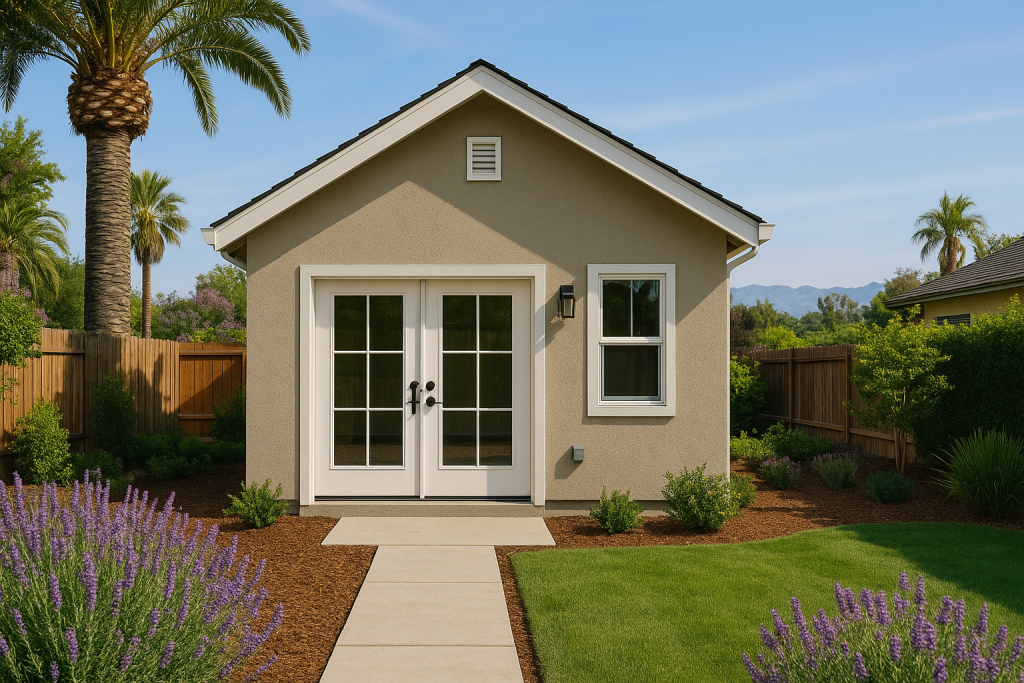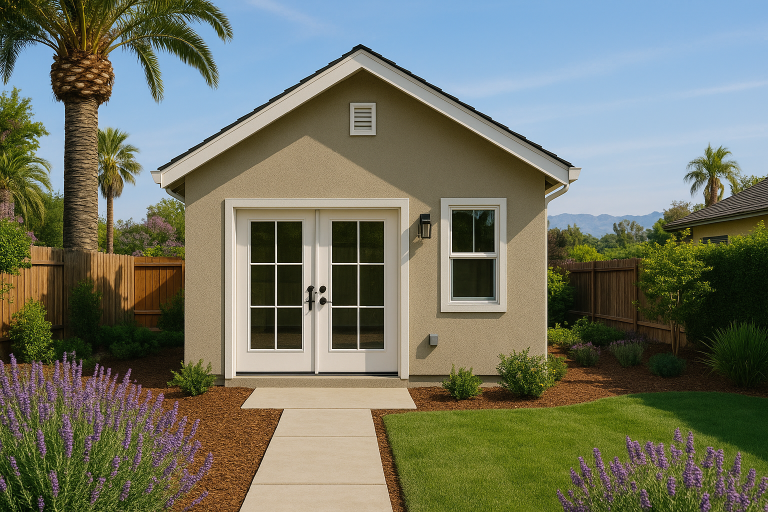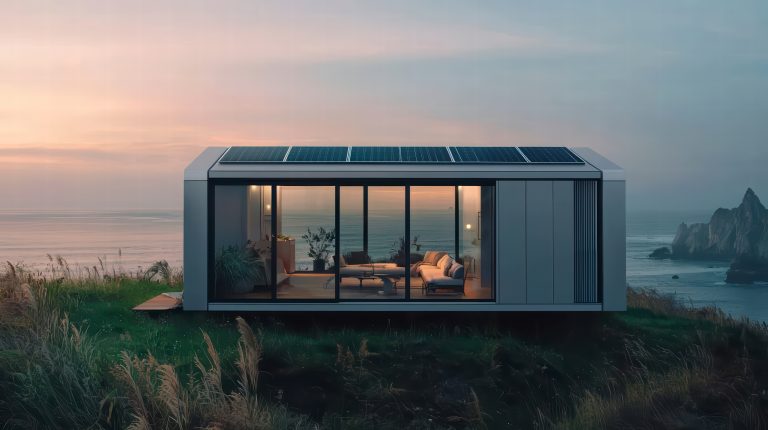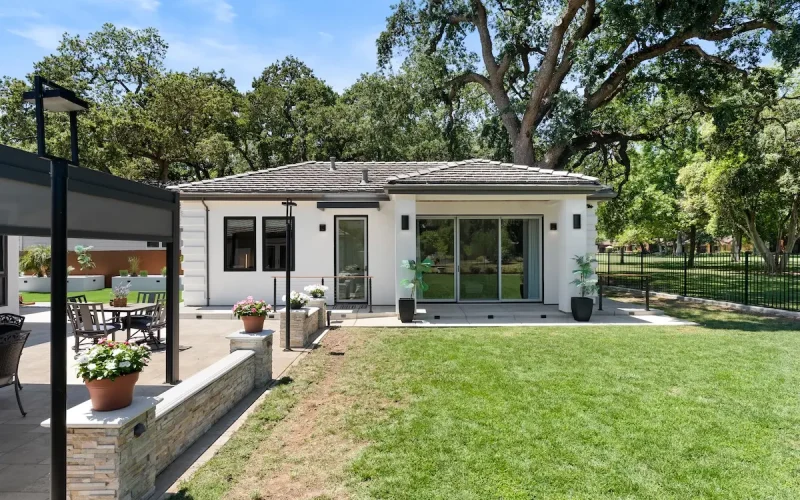
What Is an ADU in Real Estate? A Complete Guide for Homeowners and Investors
As housing costs continue to rise and space becomes more valuable, ADUs (Accessory Dwelling Units) have become a powerful solution in real estate. Whether you’re a homeowner looking to create space for family or an investor looking to boost returns, understanding what an ADU is—and how it works—can unlock serious potential for your property.
In this guide, we’ll explain what an ADU means in real estate, the types of ADUs available, and why they’re quickly becoming one of the most talked-about assets in today’s housing market.
What Does ADU Stand For in Real Estate?
In real estate, ADU stands for Accessory Dwelling Unit. It’s a secondary residential structure located on the same property as a primary single-family home. While the term “ADU” sounds technical, you’ve likely heard them called:
Granny flats
Backyard homes
In-law suites
Casitas
Garage apartments
These units are fully functional living spaces—often with their own kitchen, bathroom, entrance, and utilities. They can be used for family, guests, renters, or even as a home office or studio.
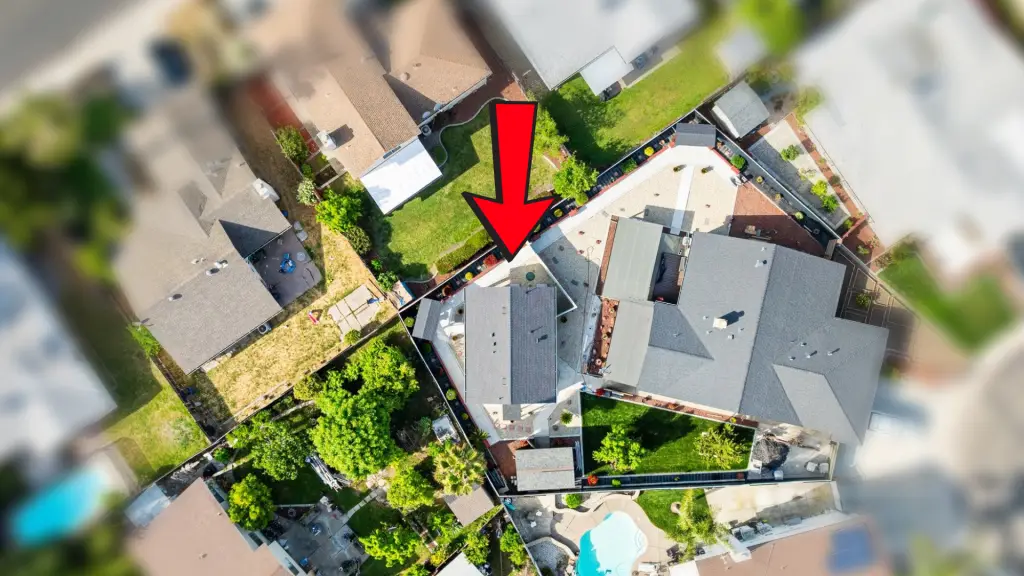
Types of ADUs in Real Estate
ADUs come in a variety of formats, depending on the layout of the property and local zoning rules:
1. Detached ADU
A freestanding unit built in the backyard or side yard.
Most popular for rental income and privacy.
2. Attached ADU
Connected to the main house—usually as a home addition or wing.
Great for multigenerational living or live-in caregivers.
3. Garage Conversion
An existing garage is transformed into a livable space.
Cost-effective and fast to build.
4. Junior ADU (JADU)
A smaller unit (max 500 sq ft) built within the main home, usually with a separate entrance and shared bathroom/kitchen facilities.
Why Are ADUs Valuable in Real Estate?
ADUs have quickly become a high-demand feature in real estate listings. Here’s why:
Increase in Property Value
ADUs can raise property values by $100K–$250K depending on rental potential and build quality.
Passive Income
Renting out an ADU can generate $1,500–$3,000/month in cities like Sacramento or the Bay Area.
Multigenerational Living
ADUs allow families to keep parents or adult children nearby—without the costs of assisted living or buying another property.
Smart Investment
For investors, ADUs are a way to maximize the value of land you already own—without buying new property.

Are ADUs Legal in California?
Yes. In fact, California has some of the most ADU-friendly laws in the country. Thanks to state bills like SB 9, SB 13, and AB 68, most residential lots are allowed to build:
1 full-sized ADU
1 Junior ADU
With reduced setbacks, parking, and fees
Local zoning still applies, but cities like Sacramento, Orangevale, and Pleasanton have streamlined ADU approval processes.
Who Typically Builds an ADU?
Homeowners looking for rental income, space for parents, or downsizing options
Investors wanting to increase cashflow and property value
Families planning for long-term care or future flexibility
Professionals building work-from-home offices or creative studios
Do ADUs Affect Property Taxes?
Yes, but only slightly. Your main home’s value stays the same, but the new ADU’s value is added as a separate line item. For example, if your ADU adds $100K in value, and your tax rate is 1.1%, you’ll pay around $1,100/year more in property tax.
ADU Example: Investment ROI
Let’s say you build a 700 sq ft ADU for $190,000. You rent it for $2,000/month. That’s $24,000/year in income.
Your ADU would pay itself off in 7–8 years, and generate profit every year after.
Is an ADU Right for You?
If you’re a homeowner with a backyard and a long-term mindset, an ADU is one of the smartest real estate investments you can make. Whether you need flexibility, family space, or rental income, it pays to understand what an ADU can do for your property.


